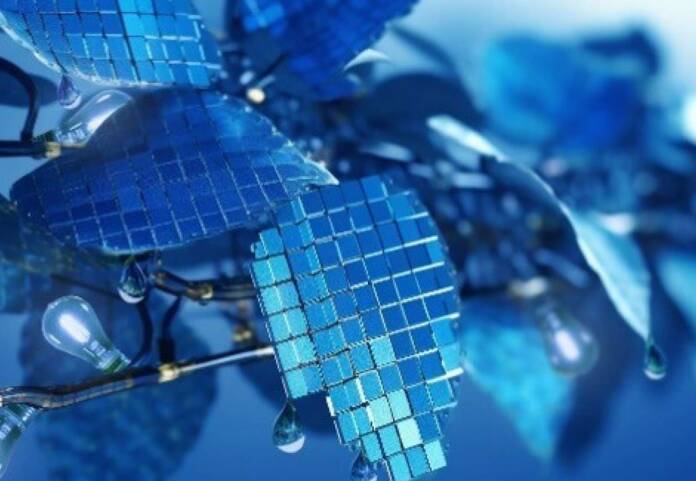British researchers took inspiration from tree leaves to create solar cells capable of ensuring greater efficiency by cooling themselves automatically. This is only a concept at the moment, but it shows promise
Nature does things well and this is why science is often inspired by it. It is in the field of production of energy, and in particular that of solar panels that British researchers from Imperial College in London have imitated nature with a concept of “solar leaves”, or photovoltaic leaves.
Rather than having a vast solar panel, researchers have imagined a multitude of small solar plates in the shape of leaves of trees. The technology of photo voltaic cells has not been revolutionized, but the particularity of these modules is that they have, like tree leaves, small branches made of bamboo which circulate a liquid around the cells. For what ? To lower the temperature of photovoltaic cells when exposed directly to sun. You should know that a solar panel is in reality only capable of capturing 24.5% of the light that he receives. Only part of the spectrum solar energy can actually be assimilated by cells. The rest is unfortunately absorbed only as heat. This has the effect of increasing the temperature of the cells and making them less efficient by also accelerating their degradation.
75% reduction in cell heat
There are certainly cooling methods with flows of water andair, but they consume additional energy, which ultimately doesn’t add much. With their solar leaf concept, the researchers solve this problem by imitating the functioning of trees. These latter supply the leaves with water by “transpiring”. In the case of these solar sheets, they all have a small water reservoir. Numerous small bamboo fibers are immersed in it. It is through these that the water will circulate passively in a pipe line small balls of hydrogel. With this process, the researchers estimate that this cooling method would be able to reduce this unnecessary heating due to the sun by up to 75%. The cell would then be capable of absorbing up to 13.2% more solar energy than a current panel. Better yet, because the scientists went a little further in their experimentation.
By “sweating” these solar sheets with a saline solution, the vapor generated can be recovered in the form of pure water, therefore producing drinking water. This condensation could even be exploited winter for domestic heating or preheating water in the home. Even though the process has been tested, for the moment it is only a concept and it may take time to be commercialized and perhaps not in this form.














